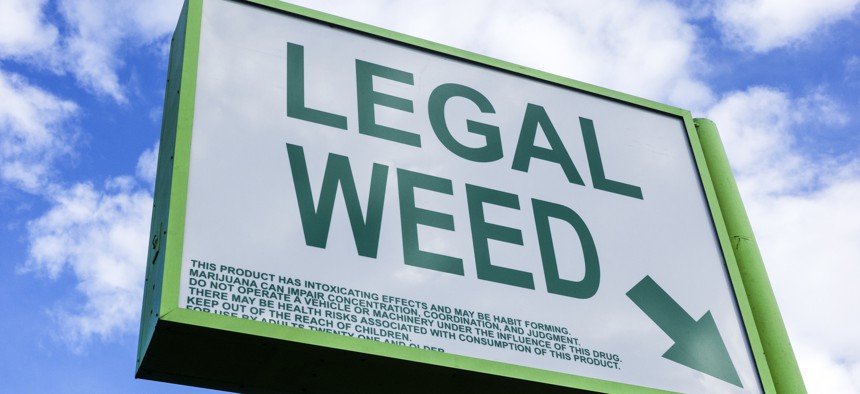As Legal Marijuana Use Takes Off, How Can Regulating Bodies Keep Pace With the Laws?

GeTTYIMAGES/Nathan Griffith
COMMENTARY | With more states legalizing marijuana, government agencies must equip themselves with the technology and tools to regulate its use.
State-level legalization of possession and consumption of marijuana has paved the way for a growing cannabis industry. According to the National Conference of State Legislatures, 18 states and Washington, D.C. have passed laws that allow for nonmedical use of cannabis. And 36 states allow for the medical use of marijuana.
However, cannabis legalization has presented a huge, challenging task for state regulatory bodies that are responsible for enforcing these new laws and regulations. And many of them are scrambling to quickly build the necessary systems and processes to do their job effectively.
Pitfalls and Roadblocks
Effective regulatory policy and compliance require attention to every element of the chain of government action, from defining the problem to monitoring compliance. When the government is unable to measure these steps, regulation will likely be implemented in a manner that doesn’t truly meet defined objectives.
As these policies and objectives change, so must the regulatory body. That requires an agency to adjust business processes in a quick and agile manner. Without that, agencies will fail to regulate effectively and adequately meet their communities’ needs, businesses will lack a clear understanding of their requirements, consumers will lack a clear understanding of their protections, and compliance will become inconsistent. This all results in agencies losing the ability to manage their regulatory programs.
Take the challenge of pricing as an example. Emerging marijuana regulations affect both local legal businesses and the illicit cannabis market. Even in places where recreational marijuana has become legalized, illegal suppliers might try to undercut the prices and services of legal cannabis shops. Although one study found that consumers will pay a premium for legal, safer marijuana, they still have a financial breaking point. Knowing this, state regulatory and legislative bodies will have to find the sweet spot when it comes to standardizing the sector without hindering the legal market’s ability to compete.
All of this requires data that supports decision-making and the technological means to capture, store and analyze this data. To keep regulatory policies evolving with the industry and regulation—thereby protecting against confusion and legal challenges—government entities should leverage the right technology.
Leaning into technological solutions will help state governments focus on crafting effective regulatory policies and compliance methods. They can put further measures in place to ensure that each step in creating their policies and compliance procedures will be implemented correctly.
Laws must continue to adapt and evolve to balance all the moving parts in the legal marijuana system. Stagnant or outdated policies could pave the way for noncompliance at best and costly legal battles at worst. Therefore, state agencies need to consider bridging that imperative gap by leveraging modern technical solutions and evolving the way they approach marijuana regulation.
Katy Fenton is the vice president of regulatory systems at Kyra Solutions, which specializes in digital transformation in government.
NEXT STORY: Pumping, Voting, Taking Leave: Legislators Who Are Mothers Face Specific Challenges





